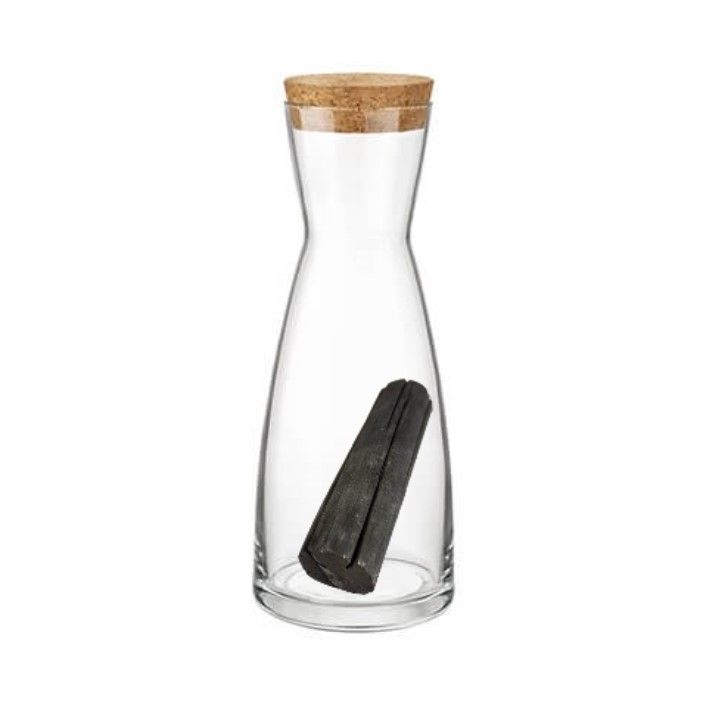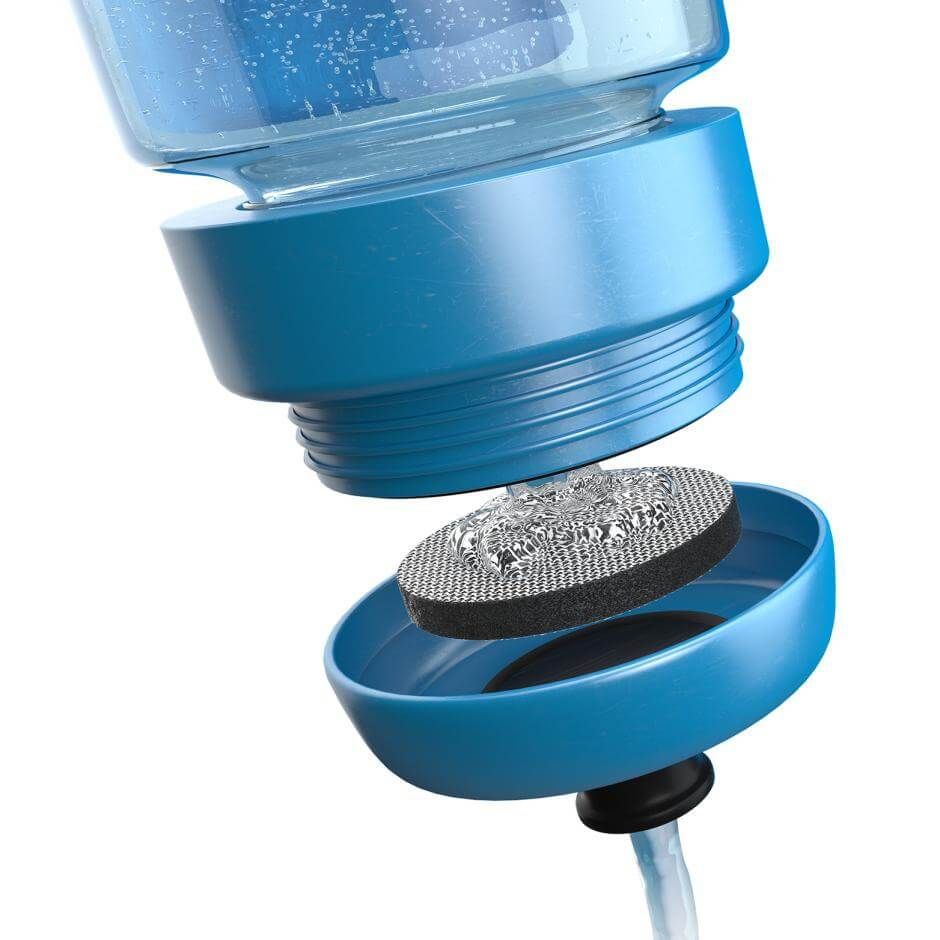CONTENTS
Clarification systems
Boiling water
Filtration
Chemical disinfectants
Ultraviolet light
1. Clarification systems
There are environmentally friendly alternatives that use no plastic and no chemicals to clarify the water.
Activated charcoal when “pure” or, put differently without coating, is amongst other sold by the brand Woody.
These coals, after a short run under water to remove black residues, should simply be placed in a water bottle, jug or flask, and they filter the water within a few hours and remove :
Chlorine
Chloroform
Agricultural chemicals
Organic substances
Sediments
Magnesium
But there are other more effective systems than activated charcoal to take with you on a trip, to treat chemically polluted water or water that is too salty.
One method of clarification is simply sedimentation. This method consists of pouring cloudy water into a carafe and waiting for the particles to sink to the bottom of the container before drinking the top. It only removes the bulk of the particles that are suspended in the water, but it is only a rough step in filtering the water before using another water purification process.
These clarification techniques do not make the water safe to drink because they do not remove viruses, bacteria and protozoa that are present in the water.
2. Boiling water
A very common purification technique is boiling. This method consists of boiling the water at 100° for at least 1 minute. It can be combined with sedimentation as it does not remove suspended particles.
However, it should be noted that while this technique kills the majority of pathogens in the water, it does not remove chemical contaminants.
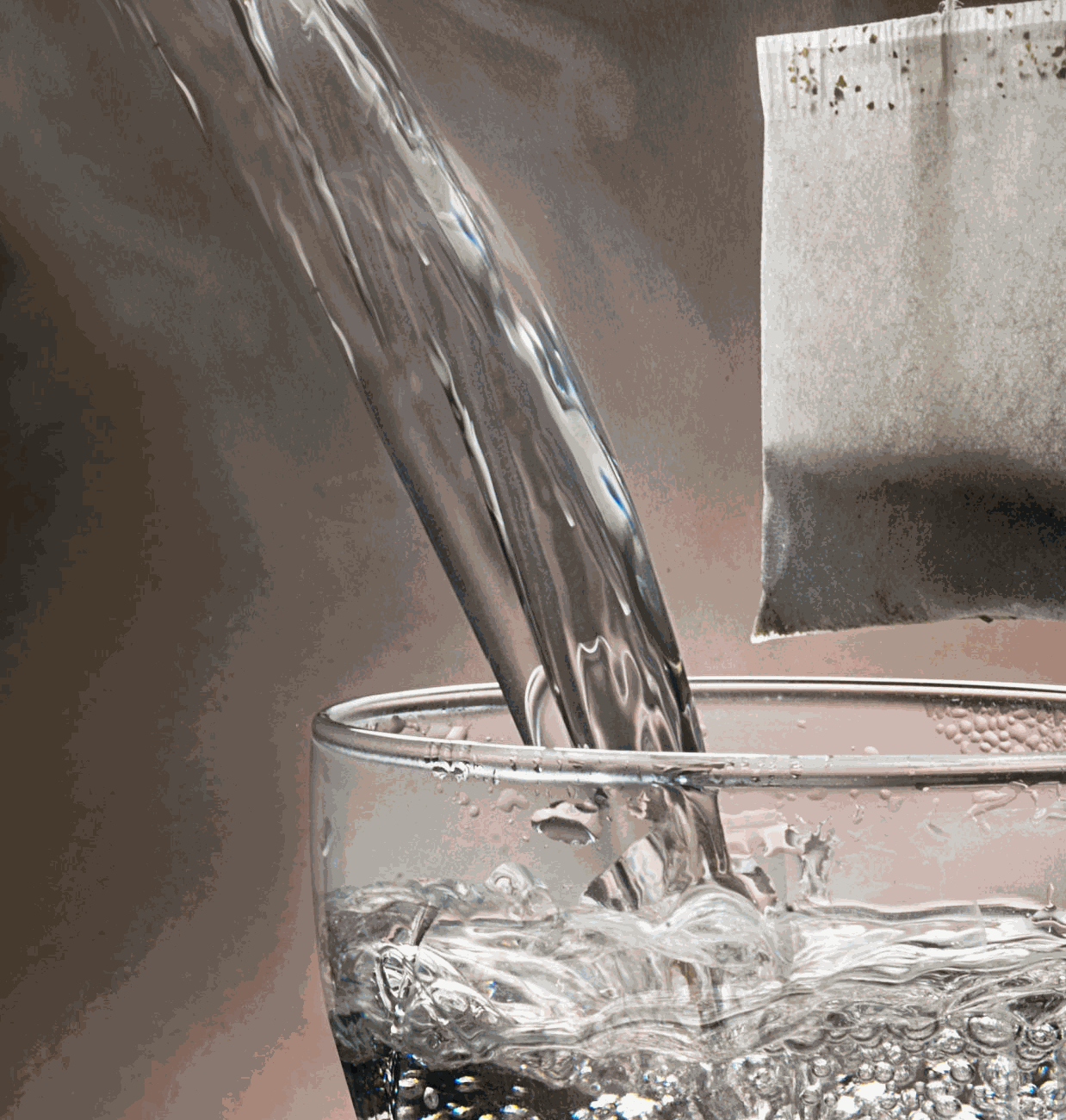
3. Filtration
We are moving towards different, even more efficient systems. The filtration can be done by :
- gravity filters, they can store and purify a large quantity of water as the Coolmart water dispenser,its transparent glass container makes it one of the best selling in the world
- pump filters or pocket water filters, very practical when camping or hiking (e.g. the Katadyn filter)
-
filtering jugs for home use, they can filter between 2 and 3 litres of water and are easily stored in the refrigerator
- filter straws, ideal for hiking and easy to find in specialist camping equipment shops
- filtering bottles like the BRITA bottle, one of our favourites.
To find out more about these techniques, please consult the blog "water filtration technique for hiking”.
But beware, these filtration systems need to be looked after: it is important to take care of the filters used to avoid the development of contaminants, as otherwise there would be no point in using them at all.
They also need to be changed from time to time. The optimal time to change the filter can be determined by the suction flow rate, i.e. if you can no longer swallow water, the filter is clogged.
4. Chemical disinfectants
They are available in the form of tablets, powders and drops. However, don't assume that all pathogens are eliminated by these chemical systems, as unfortunately some are tough enough to resist them, such as Giardia.
A little chlorine or iodine can also be used, but in moderation, because in the long term these products have a certain toxicity that should be avoided.
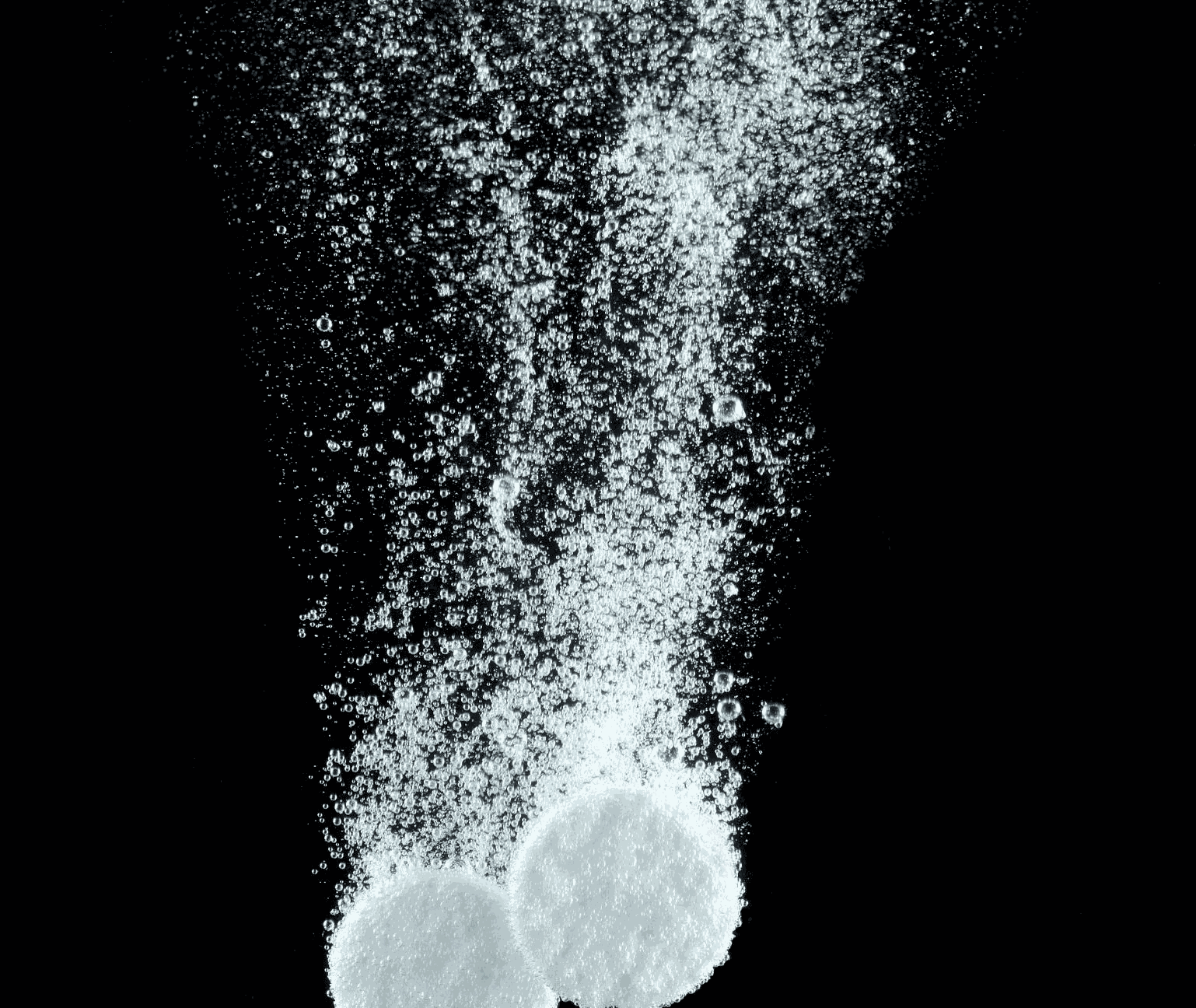
Temperature can also influence the effectiveness of chemical disinfectants: cold water will reduce their effectiveness.
But again, chemical disinfectants are not sufficient to eliminate all micro-organisms, but they are easy to carry around because they take up little space and are light.
5. Ultraviolet light
Ultraviolet light works very well and kills 99.9% of pathogens, including Giardia 😉.
In addition, the disinfection does not take long at all, compared to other methods that require 1 to several hours to purify the water. With ultraviolet light, the water is drinkable in just a few seconds. Here on the right, you see the SteriPen ultra.
However, these ultraviolet systems do not remove suspended particles and should therefore be combined with filtration or sedimentation systems.
If you want more details, do not hesitate to consult this very complete blog article https://un-tour-dans-le-sac.fr/purifier-leau-en-voyage/#Les_methodes_comment_rendre_leau_potable
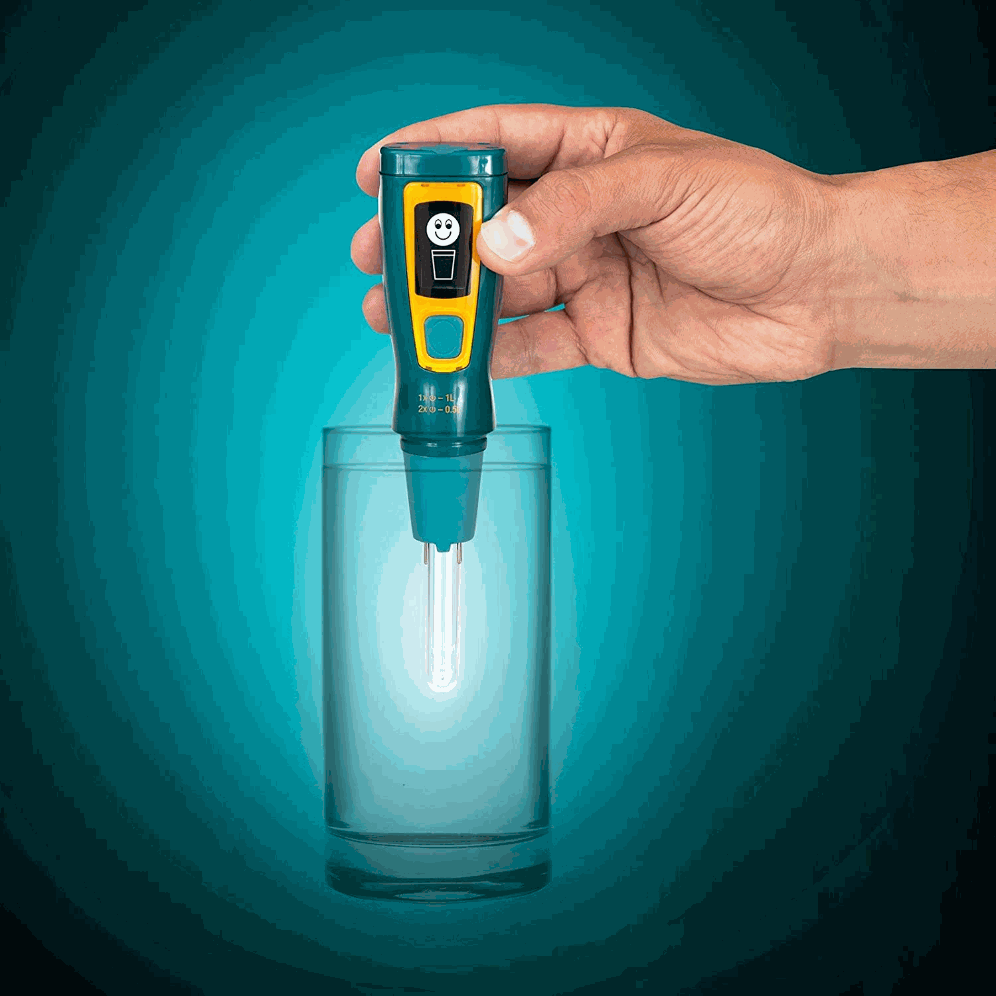

Loulou the Kangaroo
I tell you everything about everything.

